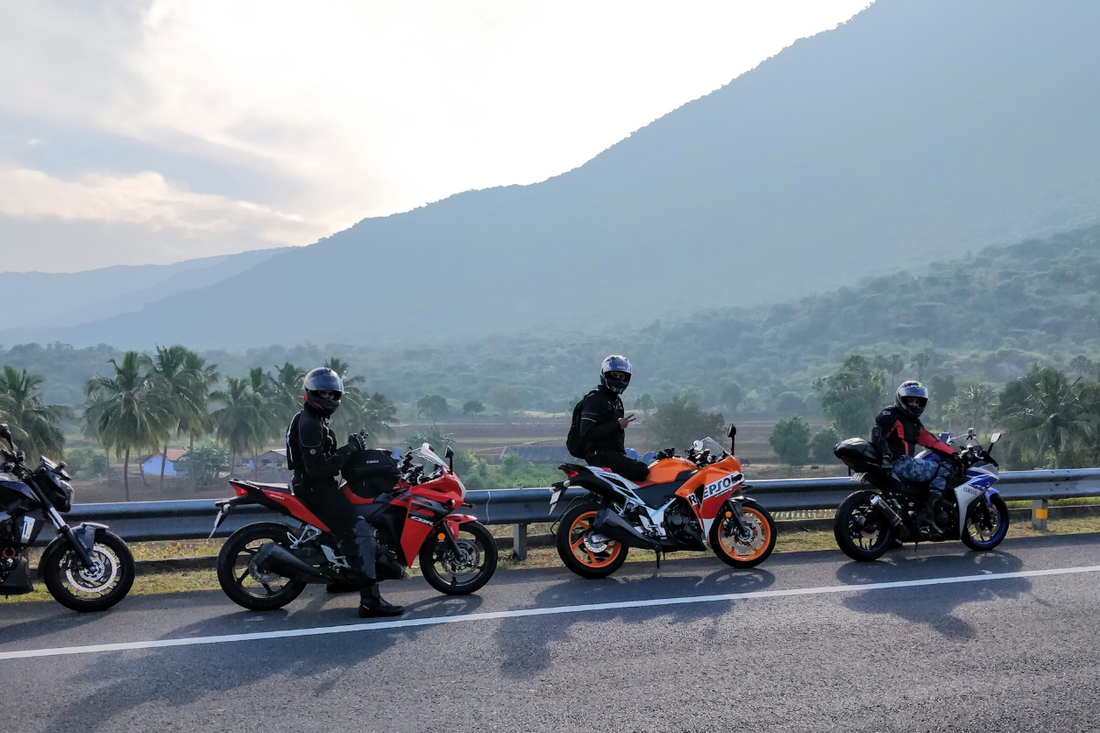
What Was The Gentlemen's Agreement In The Motorcycle World?
Share
With modern motorcycles, particularly sport bikes, aerodynamics matter, which is why minimalist and sleek tail tidies are an important addition that makes your bike’s rear end less bulky but keeps everything that matters.
Aerodynamics were a key part of what became a fierce arms race between many of the major motorcycle manufacturers to create the fastest production bike possible, which was a lineage spanning as far back as the 1894 Hildebrand & Wolfmuller.
However, whilst there was a largely uninterrupted century-long competition between different manufacturers, by the late 1990s, there were several production bikes that were at the cusp of 200 mph (321 kph).
After the 1996 Honda CBR1100XX Super Blackbird reached 180 mph (289 kph), it seemed like an upper limit for the performance of sport bikes had been reached, but that belief was shattered with figurative and literal alarming speed.
The first-generation Suzuki Hayabusa reached a top speed of 194 mph (312 mph), demolishing the previous record by over 10 mph in just three years. Rumours from Kawasaki suggested their Ninja ZX-12R could even reach 200 mph, breaching a barrier thought impossible.
This led to what can only be described as a panic amongst manufacturers and regulators, as there were calls for a ban on importing high-speed motorcycles in case riders attempted to break the law by racing them on motorways and highways rather than keeping to the track.
To get around this, the leading manufacturers agreed to a truce later known as the Gentleman’s Agreement to limit the top speed of production bikes to either 186 mph (299.3 kph) or 300 kph (186.4 mph), depending on which report was believed.
This industry-changing truce held for about eight years, before Italian manufacturer MV Agusta publicly claimed the F4 R312 could reach 194 mph, the same speed as the Hayabusa, although independent tests could not match this speed.
Regardless, MV’s claim that there was a “national imperative” to make the fastest bikes possible was enough of a statement of purpose, with BMW in 2010, Ducati in 2013 and Kawasaki in 2014 allegedly having also broken the agreement.
